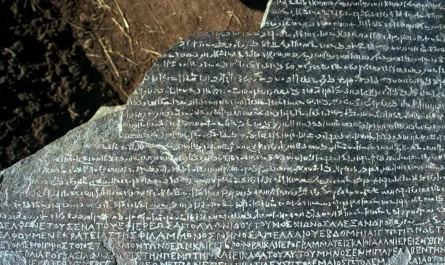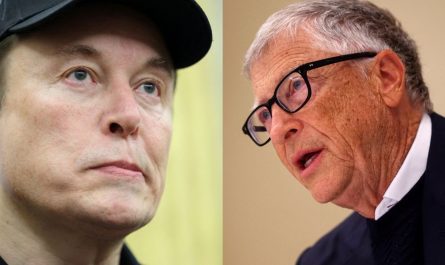It’s a question that sparks curiosity and controversy alike: Did our ancestors ever see dinosaurs with their own eyes?
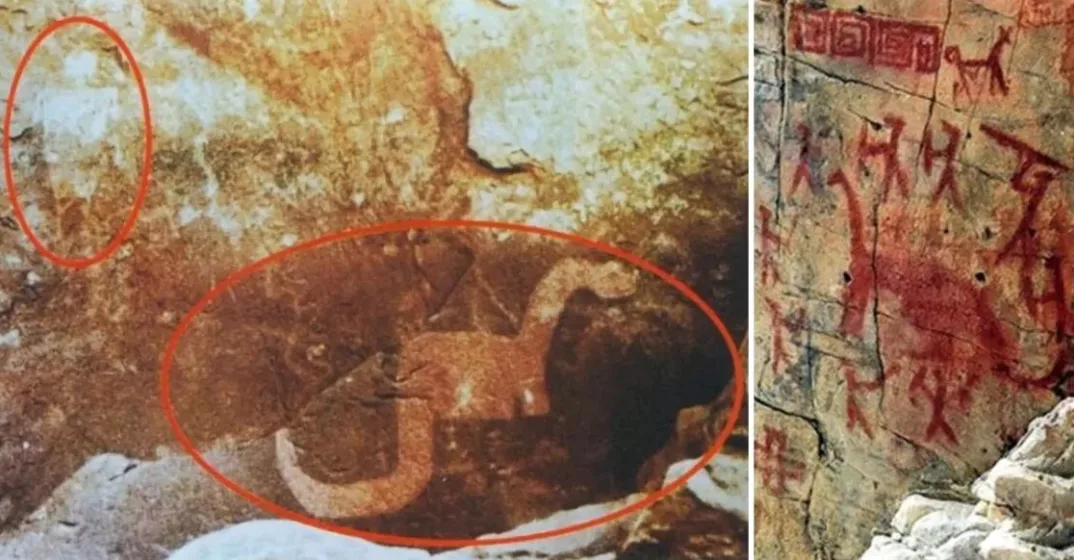
The idea of humans and dinosaurs living side by side has long fueled debates between creationists and evolutionists. Some claim that ancient cave paintings and rock carvings depict dinosaur-like creatures, suggesting that early humans may have encountered these prehistoric giants. But what does the evidence really say?
🖼️ Ancient Art or Misinterpreted Imagery?
One of the most famous examples comes from Black Dragon Canyon in Utah, where a rock painting has been interpreted by some creationists as a winged dinosaur or pterosaur. Sounds compelling, right?
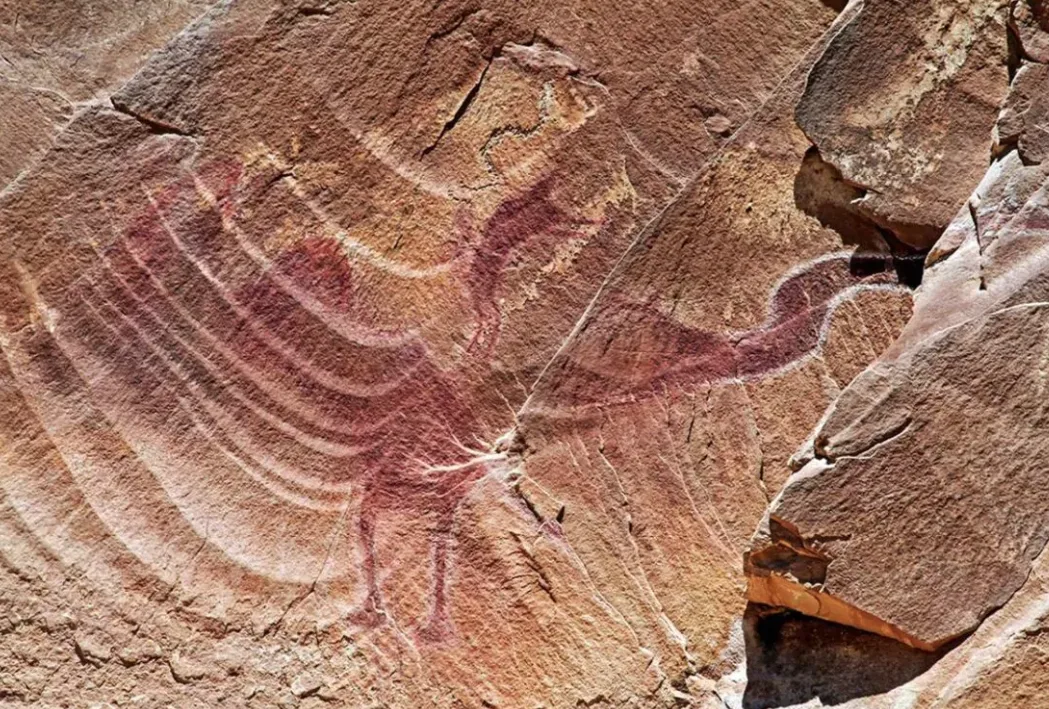
Not so fast. Archaeologists and paleontologists who studied the site found that the image is actually a composite of several unrelated figures—including a snake, a human, and geometric shapes. The supposed “wings”? Just cracks in the rock.
🌿 The Amazon Mystery
In 2012, researcher Vance Nelson drew attention to a set of pictographs on a rock ledge near Yamon in Peru’s Utcubamba province, deep in the Amazon basin. According to the website Genesis Park, one of the drawings shows nine warriors hunting a dinosaur-like creature. The artwork is said to be thousands of years old.
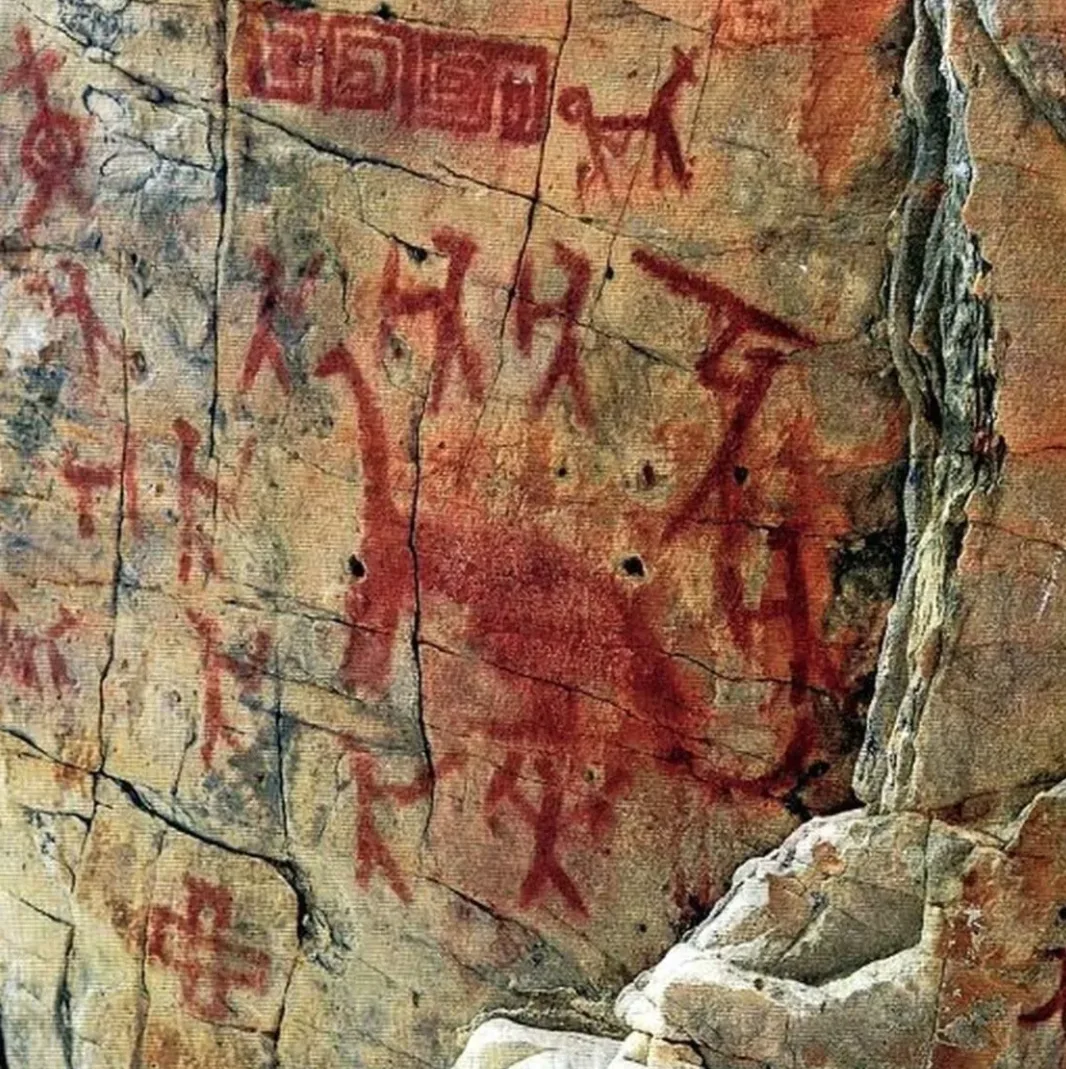
While intriguing, there’s very little verifiable information about these pictographs. No peer-reviewed studies, no detailed archaeological reports—just speculation.
🏜️ The Anasazi Petroglyph
Another example comes from the ancient Anasazi people, who lived in what is now Utah between 150 B.C. and 1200 A.D. A petroglyph attributed to them is said to resemble a dinosaur so closely that even some skeptics acknowledge the likeness.
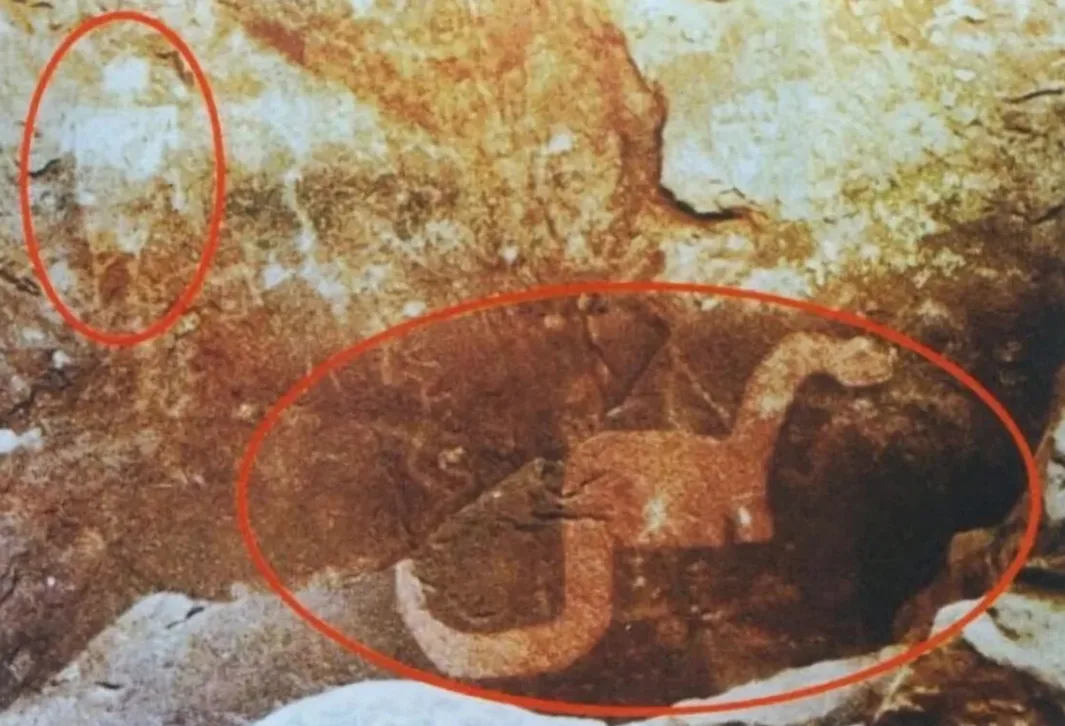
Evolutionary biologist Phil Senter was initially impressed, saying it looked like a sauropod. But after closer inspection, he co-authored a paper explaining that the image is actually two separate petroglyphs, with what appeared to be legs formed by mud or mineral stains.
🏛️ The Ishtar Gate Creature
Then there’s the mushkhushshu, a mythical animal depicted on the Ishtar Gate of Babylon, dating back to the 6th century BCE. Some claim it resembles the dinosaur Iguanodon.
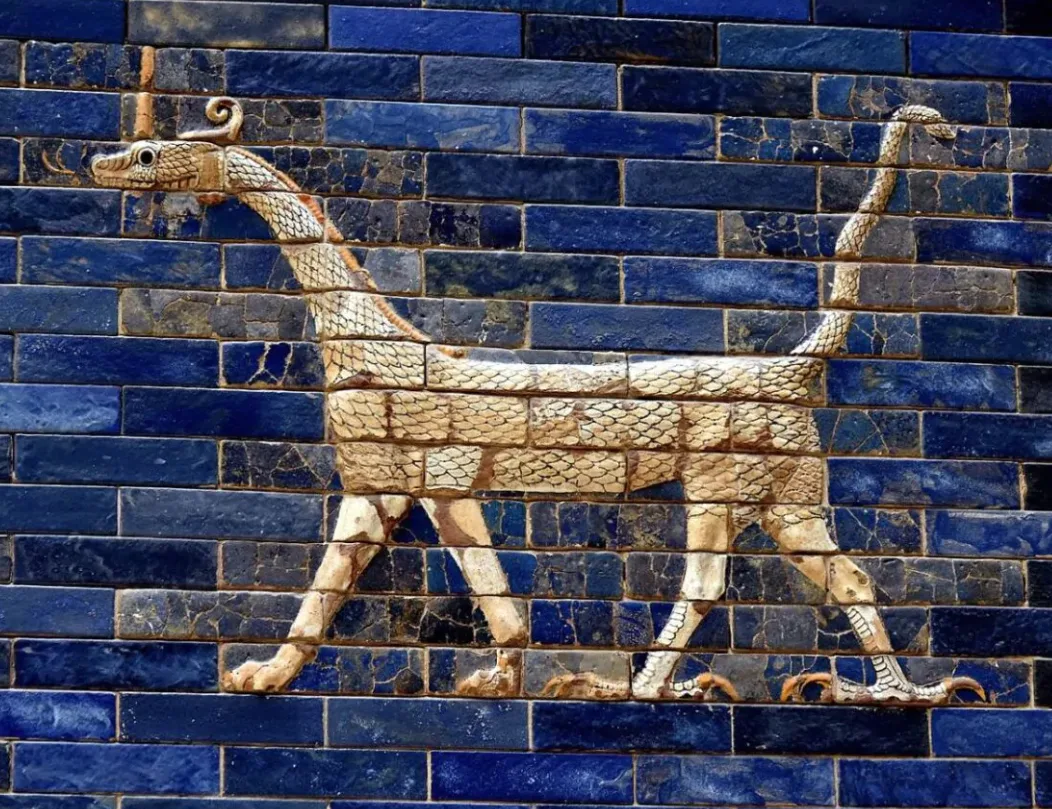
However, historians and linguists point out that the mushkhushshu was a mythical creature, not a real animal. Its depiction varies across Babylonian art, suggesting it wasn’t based on any consistent or real-life model.
🧬 What Science Actually Says
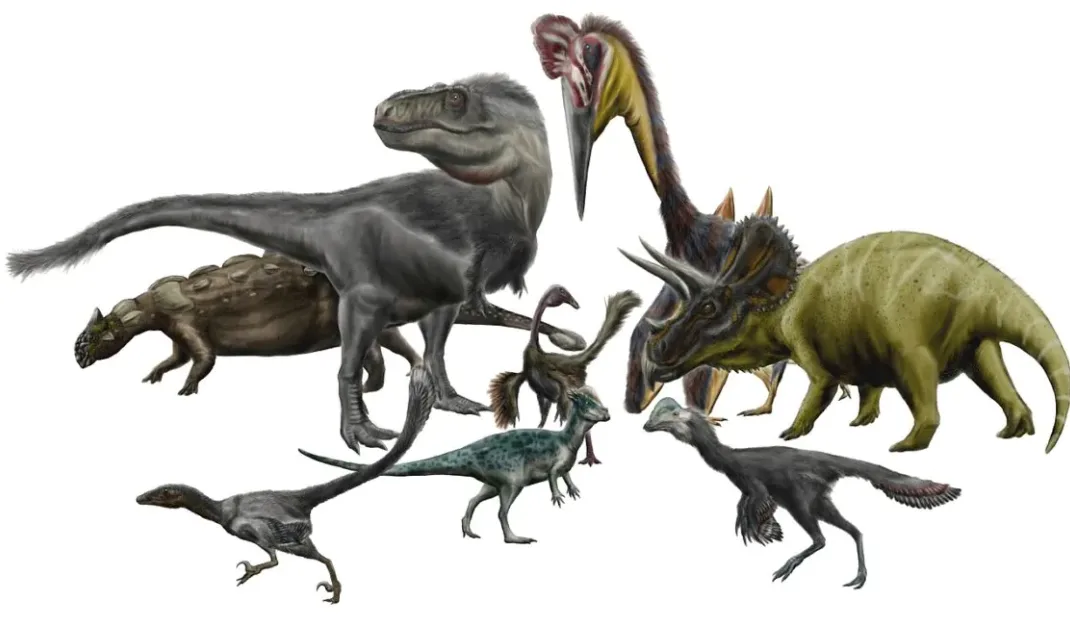
Despite these claims, no credible evidence supports the idea that humans and dinosaurs ever coexisted. The fossil record is clear:
- Dinosaurs went extinct around 65 million years ago
- The earliest humans appeared roughly 6 million years ago
There’s no overlap between the two in geological or genetic data.
🧠 Final Thoughts
While the idea of ancient humans encountering dinosaurs is fascinating—and makes for great fiction—it doesn’t hold up under scientific scrutiny. Most alleged dinosaur depictions in ancient art are either misinterpreted, misdated, or fabricated.
So, did our ancestors really see dinosaurs? All signs point to no.
Curious about other ancient mysteries or scientific debates? Drop a comment or explore more posts—there’s always something new to uncover! 🕵️♂️✨
